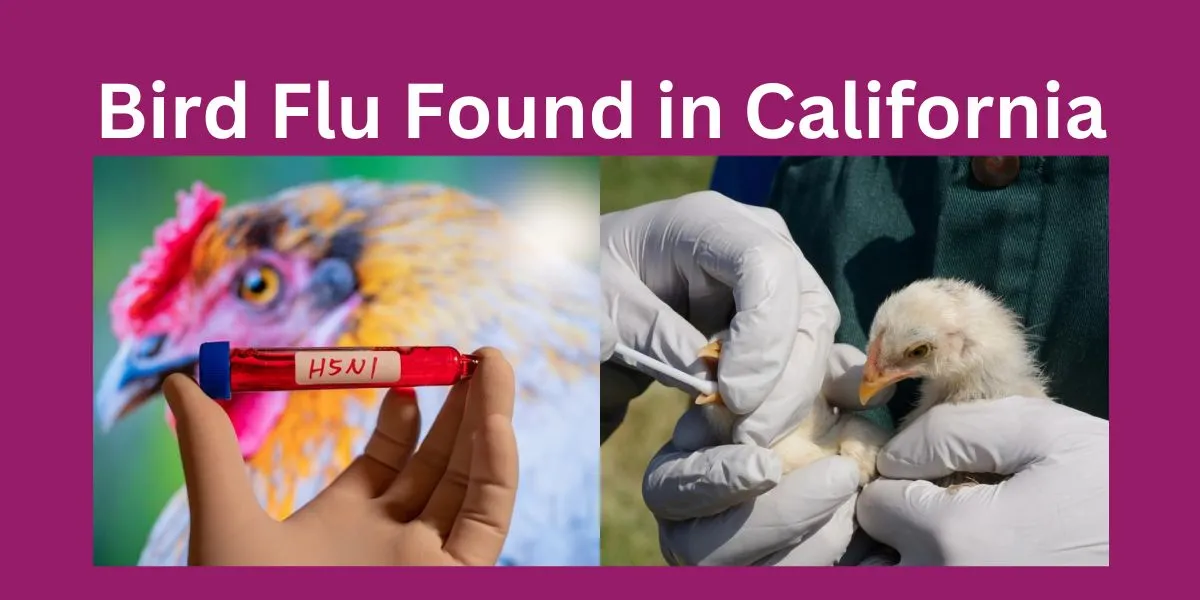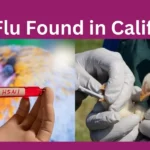Bird flu, also known as avian influenza, has recently made headlines after being detected in California. If you’re wondering what this means for you, your family, and even your pets, you’re not alone. Let’s break it down together, dive into the details, and get some clarity on this hot topic.
What Is Bird Flu?
The Basics of Avian Influenza
Bird flu is a viral infection that primarily affects birds. However, some strains can jump to humans and other animals, sparking concerns about outbreaks.
The Most Common Strains
- H5N1: A highly pathogenic strain with a history of infecting humans.
- H5N8 and H7N9: These strains are less common but have caused outbreaks in the past.
How Bird Flu Spreads
Bird flu spreads mainly through direct contact with infected birds, their droppings, or contaminated surfaces. Wild birds can also carry the virus without showing symptoms.
Bird Flu Detected in California: What Happened?
Recent News from California
A sample from a wild bird in California has tested positive for bird flu. This discovery is part of ongoing monitoring efforts to detect and prevent outbreaks early.
Where Was It Found?
Reports suggest the virus was identified in a migratory bird. California’s location along the Pacific Flyway—a major migratory route for birds—makes it susceptible to such cases.
What Are Officials Doing?
Authorities are already stepping up monitoring and working with poultry farms to ensure the virus doesn’t spread to domesticated birds.
Why Does Bird Flu Matter?
Risks to Humans
While bird flu infections in humans are rare, they’re not impossible. Certain strains, like H5N1, have caused severe illness in people in the past.
Symptoms in Humans
If infected, humans may experience:
- Fever
- Cough
- Difficulty breathing
- Muscle aches
Is There a Risk of a Pandemic?
The risk of a pandemic is low unless the virus mutates to spread more easily between humans. Monitoring efforts are aimed at preventing such scenarios.
Impact on Animals
How It Affects Birds
For birds, bird flu can be devastating. Infected birds often die quickly, which can have a significant impact on poultry farms and wildlife populations.
Can Pets Get Bird Flu?
Cats and dogs are generally not at risk, but some rare cases of infection in cats have been reported. Better safe than sorry—keep them away from sick or dead birds.
What Should You Do?
Protecting Yourself and Your Family
Avoid Direct Contact with Birds
This might seem obvious, but it’s worth repeating. Don’t handle wild birds, especially if they look sick or are dead.
Cook Your Poultry Properly
Make sure chicken and eggs are thoroughly cooked to kill any potential viruses. No medium-rare chicken here!
Stay Informed
Keep an eye on updates from health officials. They’ll let you know if there’s any risk to the public or new safety measures to follow.
The Role of California’s Environment
Migratory Birds and Risk
California’s wetlands and open spaces attract migratory birds. While this is great for birdwatchers, it also increases the likelihood of bird flu detections.
Surveillance Programs
Thankfully, California has robust programs to track and contain avian diseases. Wildlife agencies and veterinarians work together to keep outbreaks under control.
Economic Impact
Effects on Poultry Farms
Bird flu outbreaks can devastate poultry farmers, leading to the culling of flocks and financial losses.
Food Supply and Prices
If bird flu spreads to farmed poultry, it could lead to temporary shortages and higher prices for chicken and eggs.
Myths vs. Facts
Common Misconceptions About Bird Flu
Myth 1: You Can Get Bird Flu from Eating Chicken
Fact: Cooking poultry at proper temperatures kills the virus, making it safe to eat.
Myth 2: All Birds Spread Bird Flu
Fact: Not all birds carry the virus. Wild waterfowl are the most common carriers.
Is This a Cause for Panic?
Keep Calm and Follow Guidelines
There’s no need to panic. Health officials are on top of the situation, and your risk of infection is extremely low.
Compare It to the Seasonal Flu
The seasonal flu poses a much greater threat to public health than bird flu does right now.
Conclusion: Stay Alert, Not Alarmed
Bird flu’s presence in California is a reminder of the importance of monitoring and preparedness. While the risk to humans remains low, it’s always smart to take basic precautions like avoiding direct contact with birds and staying informed. Whether you’re a poultry farmer, a pet owner, or just a concerned resident, being aware of the facts can help you stay safe.
FAQs
1. Can I still eat chicken and eggs during a bird flu outbreak?
Yes, as long as they are properly cooked. The virus is killed by heat.
2. Should I avoid feeding wild birds?
It’s a good idea to pause bird feeding if there’s an outbreak in your area to reduce the risk of spreading the virus.
3. Is bird flu contagious between humans?
Human-to-human transmission is extremely rare and usually requires close contact with an infected person.
4. How do I know if my poultry is infected?
Look for signs like sudden death, decreased egg production, or unusual behavior. Contact a vet immediately if you suspect bird flu.
5. What should I do if I find a dead bird?
Do not touch it. Report it to local wildlife or health authorities for proper handling.










